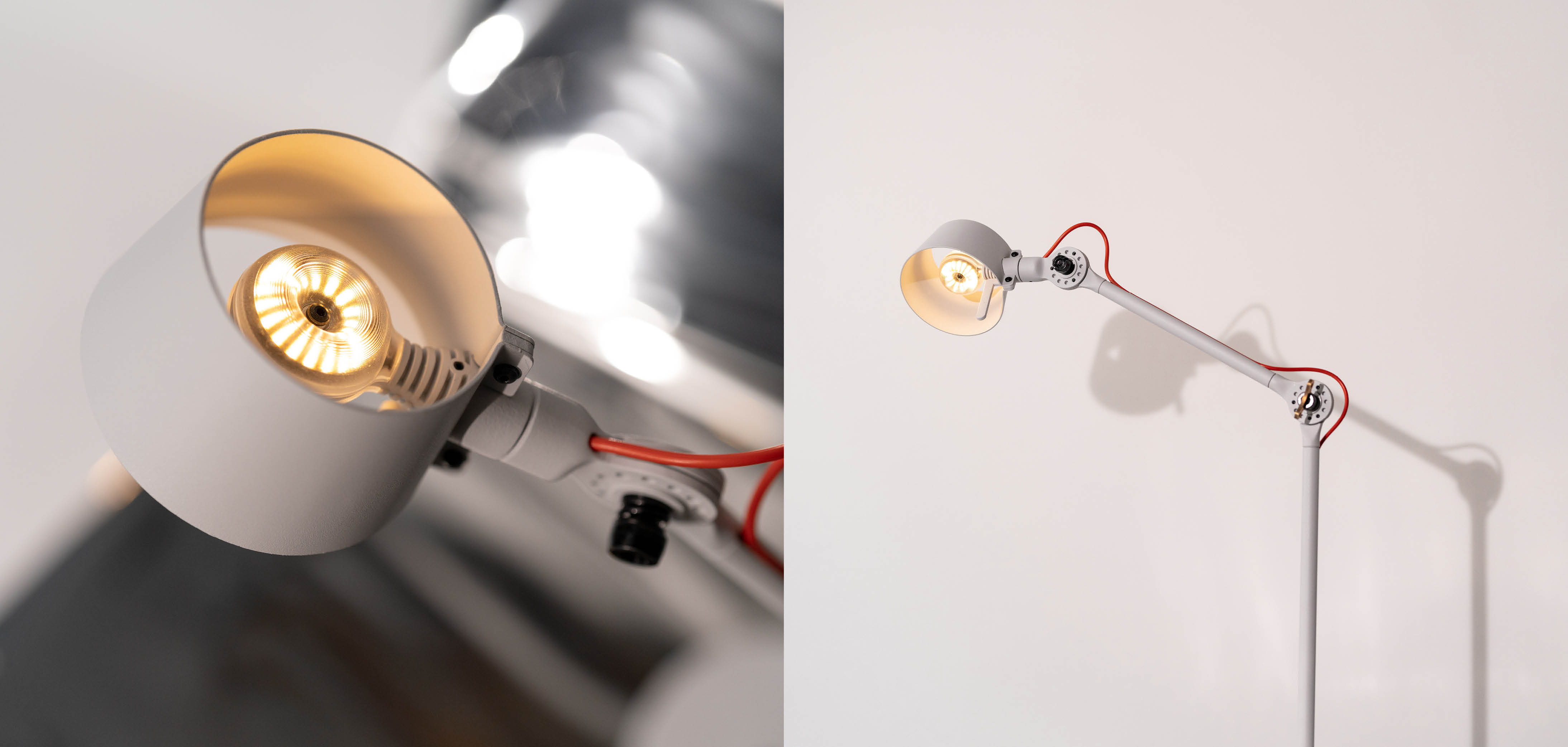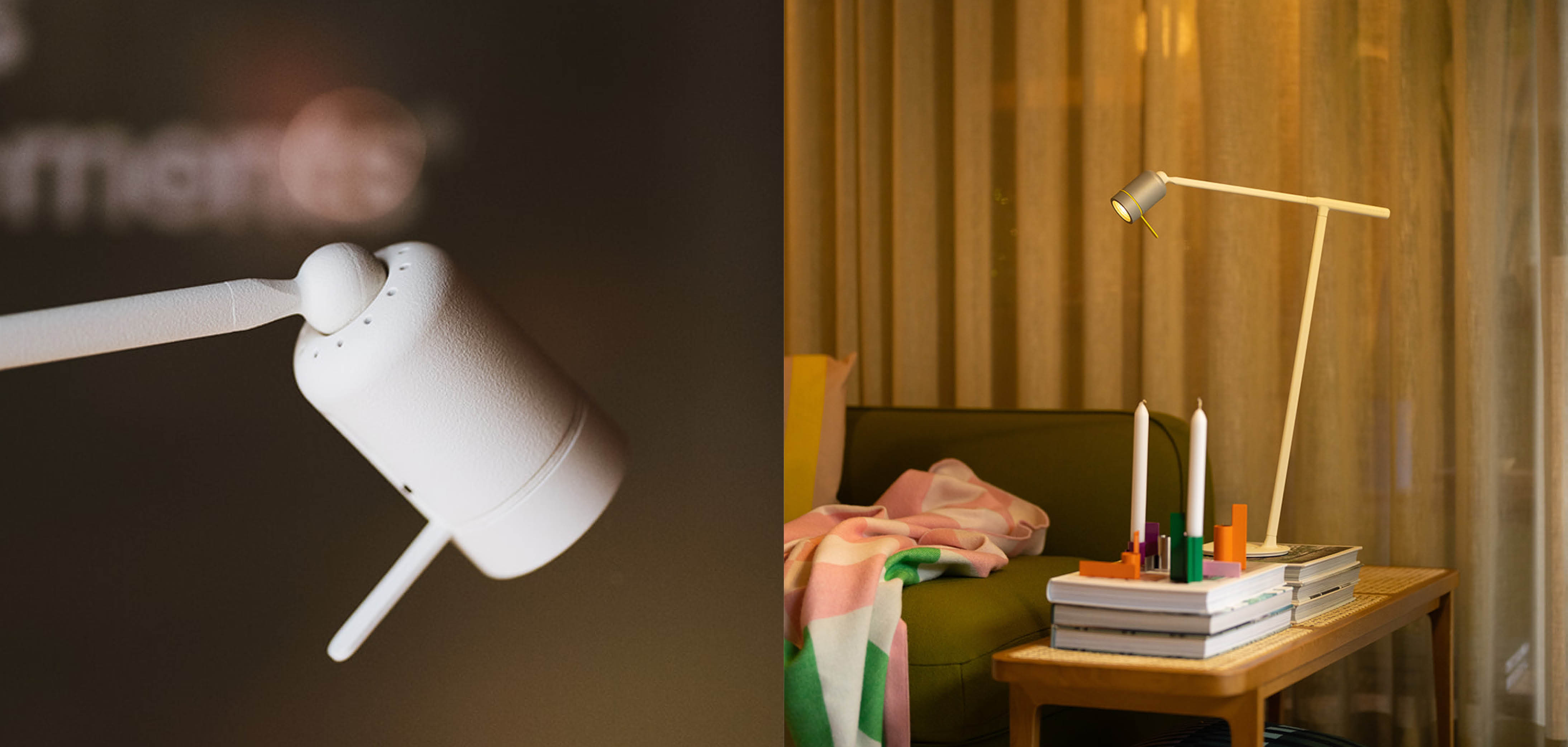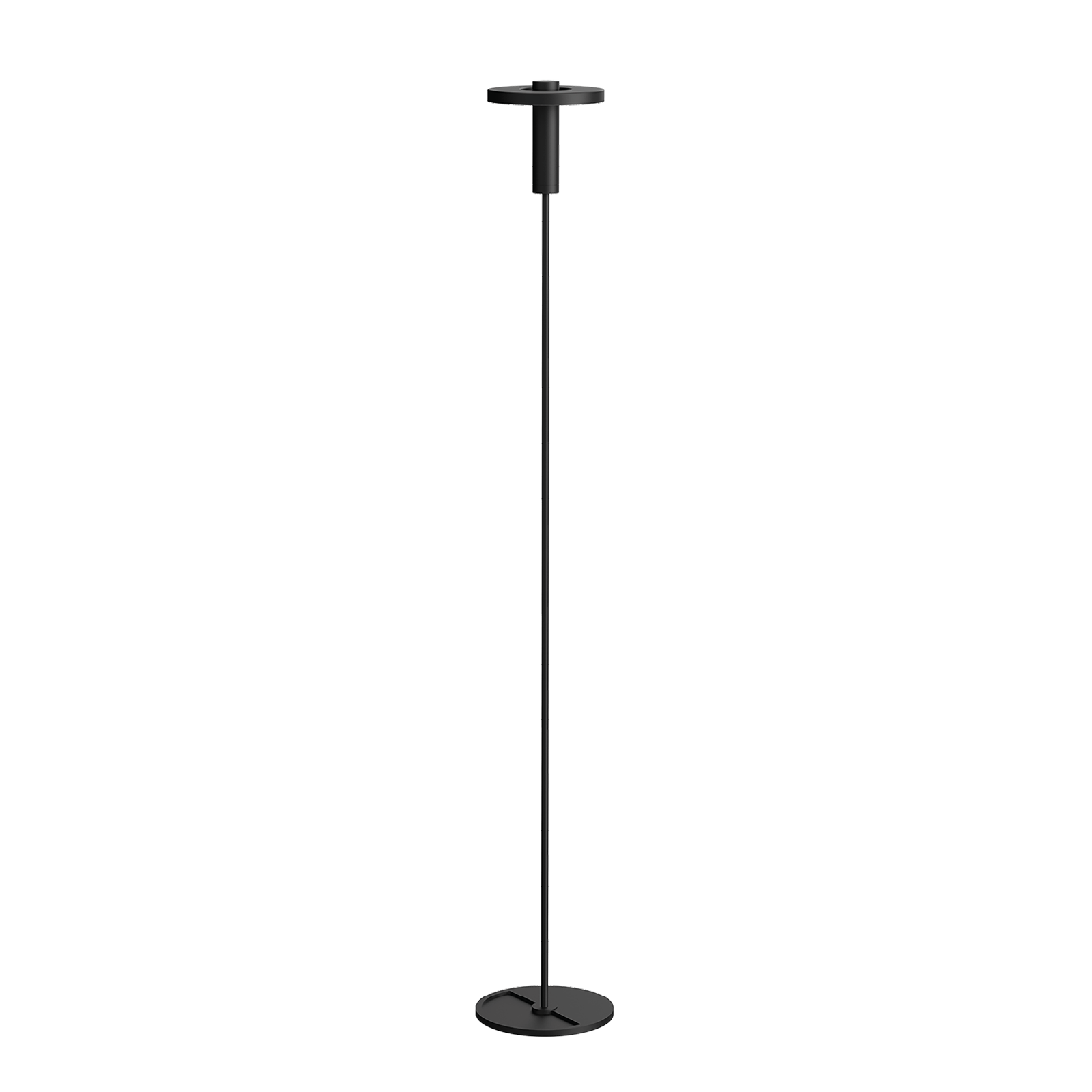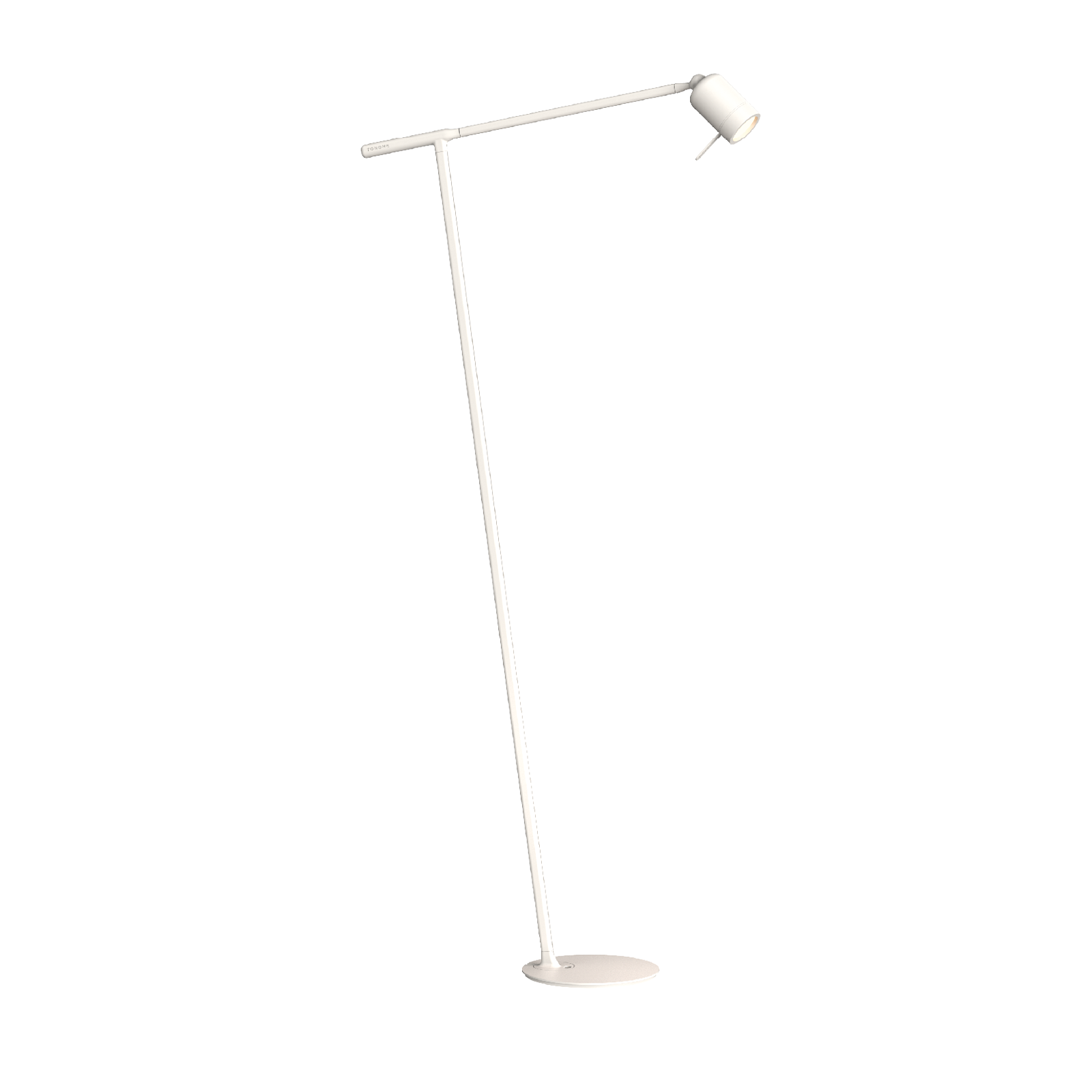
How do smart lights work?
Smart lights make your lighting smarter, more efficient, and user-friendly. You control them via apps, voice assistants, or sensors, adjusting them to your preferences and routines. In this blog, you’ll discover how smart lights work, how they connect, and how to control them. Additionally, you'll find out if smart lights are suitable for your home and learn about their benefits, such as energy savings, customizable lighting, and enhanced home safety.
What are smart lights?
Smart lights are lighting systems you control through an app, voice commands, or a smart home system. They operate via Wi-Fi, Bluetooth, or Zigbee and connect to your smartphone, tablet, or smart assistants like Google Home or Alexa. You can turn them on and off remotely, dim them, adjust their colors, and set schedules or routines. Smart lights save energy by automatically turning off when you leave a room. They also integrate with other smart devices, such as thermostats or security systems. Moreover, they enhance ambiance and comfort. Choose warm light for relaxation or bright light for task lighting.
How do smart lights connect?
Smart lights connect via Wi-Fi, Bluetooth, or home automation software. They wirelessly communicate with your smartphone, tablet, or smart assistant. Not all smart lights support the same connection methods. Universal software, such as Google Home or Apple HomeKit, helps link all your smart devices. If your lights don’t support Wi-Fi, you’ll need a hub. This hub acts as a bridge between your router and the lights, ensuring a reliable connection with your smart home system.

How do you control smart lights?
You can control smart lights in three different ways:
Smartphone app control
Smartphone apps provide a simple and fast way to control smart lights. Popular apps like SmartThings and Google Home offer features to adjust lighting based on your needs. With these apps, you can create scenes for different moments, such as ambient lighting for a movie night or bright light for working. You can also program schedules so the lights turn on or off automatically at set times. Apps give you complete control, no matter where you are. With a single tap, you can dim the lights, change colors, or control lights in other rooms—all from one central platform.
Voice control with smart assistants
Smart lights work seamlessly with assistants like Alexa, Google Assistant, and Siri. With voice commands, you can control your lighting without using a smartphone. You can issue commands like "Turn on the living room light" or "Dim the dining room lights." You can also set scenes via voice, such as "Start movie night" for dimmed lighting or "Good morning" to brighten all the lights. Additionally, you can activate schedules through voice commands, like "Turn off the lights at 10 PM." Voice control makes smart lighting even more convenient and accessible.
Motion sensor
Use Smart lights with motion sensors turn on automatically when they detect movement. When you enter a room, the lights switch on, and when you leave, they switch off. This makes them perfect for hallways, bathrooms, or other spaces where you don’t stay for long. Motion sensors save energy by ensuring lights are only on when needed. This benefits both the environment and your wallet. Additionally, automatic lighting offers extra convenience and safety, especially in the dark or when your hands are full.

Can you use smart lights without internet?
Yes, you can use smart lights without internet. Many smart lights that operate via Bluetooth don’t require an internet connection. You can control them directly through your smartphone or tablet, as long as you’re within range.With Bluetooth lights, you can easily adjust settings, such as dimming, color changes, or scene settings. This makes them ideal for situations without Wi-Fi, like vacation homes or areas with weak internet connections.
Advanced features like remote control or voice assistant integration typically require internet access. Bluetooth lights are a great alternative for local use.
What Are the Benefits of Smart
Lights?
The benefits of smart lights are clear: they make your daily life more
efficient, comfortable, and safe. Here are the 3 main advantages that
smart lights offer:
- Energy Efficiency and Cost
Savings
Smart lights save energy with features like automated on/off schedules. You can program them to light up only when necessary.
- Customizable Lighting for
Ambiance and Practical Use
With smart lights, you can easily adapt the lighting for any situation. Choose bright white light to focus while working, warm light for relaxation, or dim light to improve sleep. This ensures the perfect ambiance for your home.
- Safety and Security
Smart lights enhance home safety. Presence simulation makes your house look occupied, even when you’re on vacation. This can deter burglars and give you peace of mind.
Are Smart Lights Suitable for
Your Home?
Yes, smart lights are suitable for your home. However, it’s essential to
consider their compatibility and installation within your existing systems. For
example, check if the fittings and voltage match your fixtures. Also, verify
the connection type, such as Wi-Fi or Bluetooth. Ensure the lights are
compatible with your smartphone or smart assistant, like Alexa or Google
Assistant.
For beginners, starter kits are available to help you easily set up a network of smart devices. You can make all Tonone lamps smart with a smart bulb or plug. Here are some ideas:
- Set the Bolt floor lamp to automatically turn on when the sun sets, creating a cozy evening ambiance.
- Program the Bella table lamp to dim to soft light when it’s time to relax.
- Connect a motion sensor to the Beads pendant lamp, so it turns on when you enter and off when you leave.




